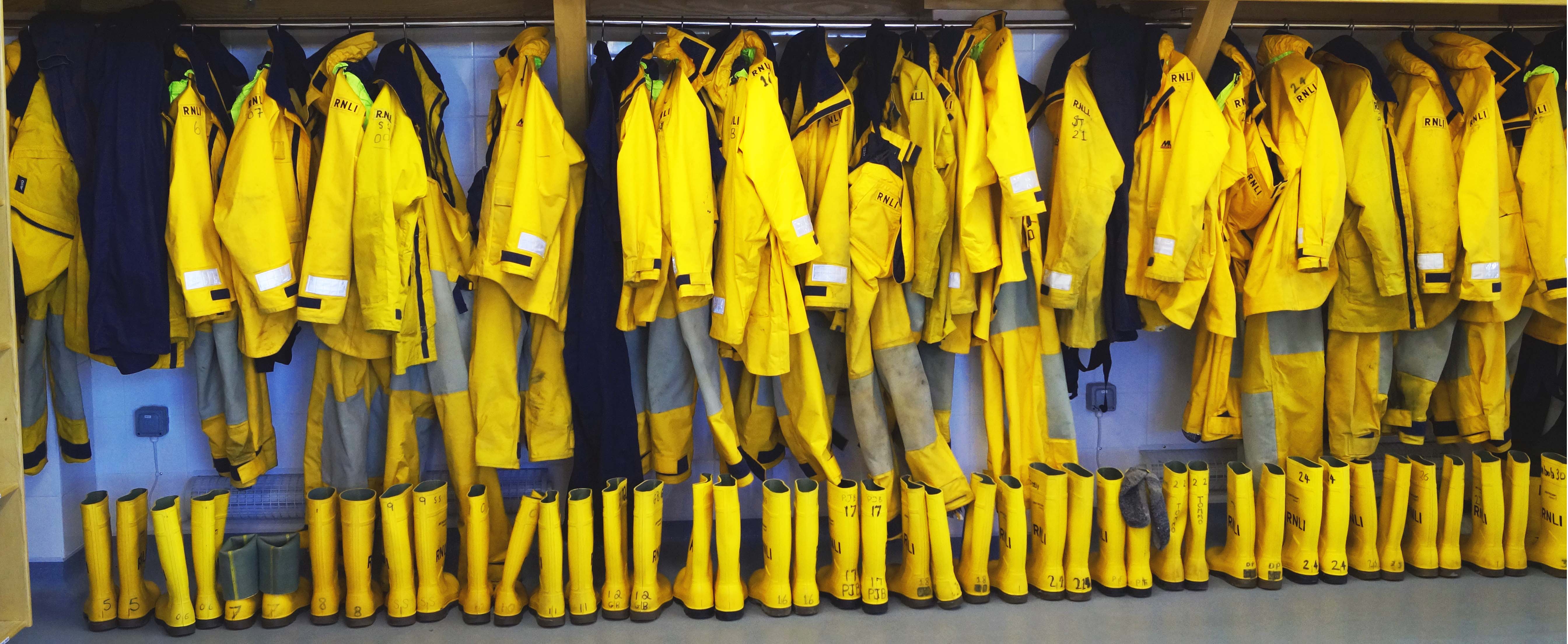
The National Trust was considering the development of a marine source heat pump in Wales, and learnt that the RNLI had completed a similar project of their own. Through the Network, engineers from both organisations were able to get together and share knowledge.
Thanks to this support, the National Trust has now installed the UK’s largest marine source heat pump at Plas Newydd mansion house on Anglesey, Wales. The mansion house is now heated entirely by the 300KW heat pump saving the Trust about £40,000 a year as well as significantly lowering their carbon emissions.
When CIBSE were commissioned by the Department of Energy and Climate Change to put together a code of practice for water source heat pumps, we were able to contribute our combined expertise. There was very limited guidance out there previously and a relatively low number of water source heat pumps installed in the UK.
It’s hard for practitioners to demonstrate a funding case if there are no practical examples to prove something works, so input for organisations that have already done it and achieved successes are a vital part of encouraging the take up of these sustainable heating alternatives.
We have shared out knowledge and experience as users and developers of heat pump systems, contributed case studies that make the guidance more robust and have given practical examples of what’s being discussed. Now, as the guidance is launched, we can continue to share what we’ve learnt on a wider scale. The case studies will give heat pump developers and designers a framework and practical examples to work from, encouraging wider adoption, which is a government aim, and help increase the sustainability of the nation’s heating.
This is a key example of Network’s members working together to get their own projects off the ground and pass on lessons learnt and advice to others.
Robert Jeans, Estates Engineer, RNLI